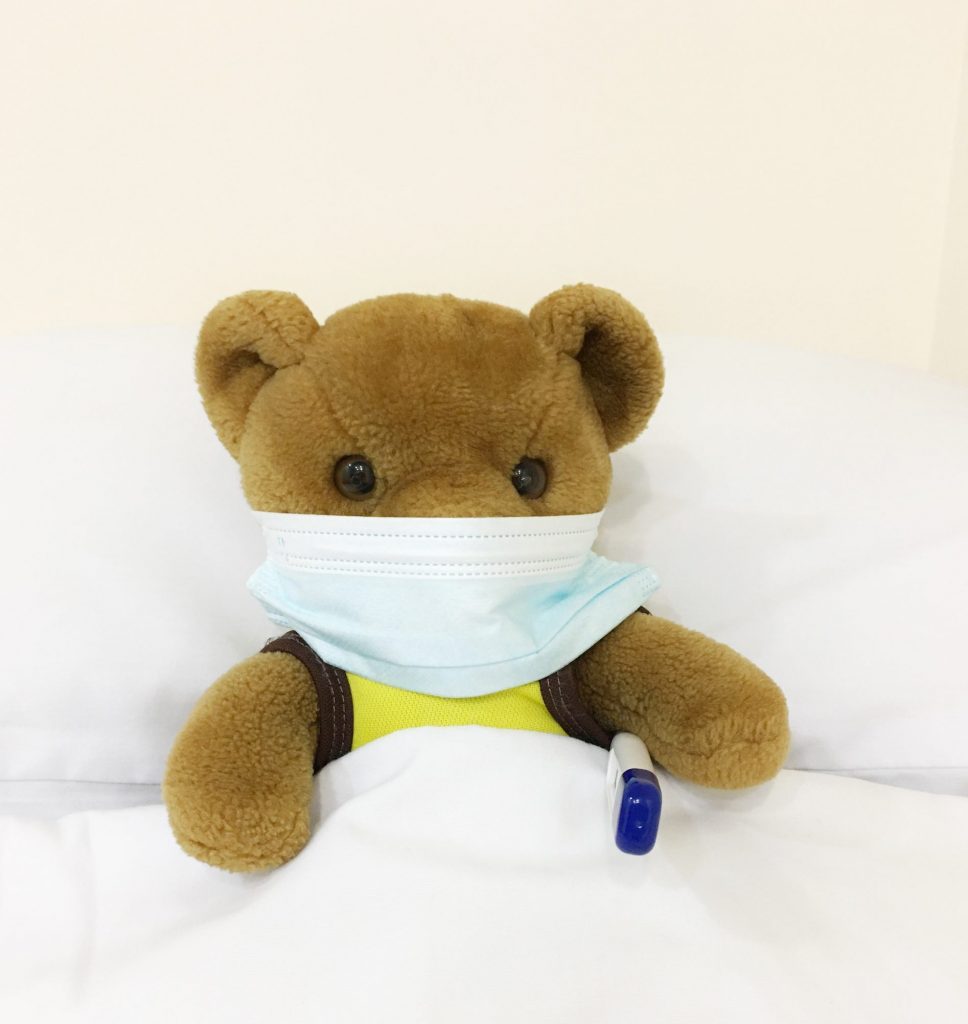There’s no question, being a pediatrician has its challenges. It is also slightly more complex than being a family doctor from a social perspective. Pediatricians treat infants, toddlers, pre-teens, and adolescents, and every category comes with its own set of challenges. Keeping the medical challenges aside for the moment, let’s talk about the most prominent social challenge of being a pediatrician – how to communicate with pediatric patients.
Overcoming Communication Challenges In Pediatrics
How to communicate with your patients is certainly something that comes into the limelight for pediatricians, simply due to the nature of your practice. Each age group needs different communication tactics, as well as your own judgment and discernment on an individual basis.
Toddlers and preschoolers struggle with communicating what they are feeling because they are too young to put their problems in words. In other cases, some kids could just be too shy and scared, no matter what age. This is where you must walk the tightrope of making your patient comfortable while also involving their parents to know about the problem better.
And of course, kids being kids, they’re distracted by everything around them. The excitement, fear, and stimulation that comes with a visit to the doctor’s clinic might end up making them too fidgety, which is not ideal if the child is required to be still for a vaccine shot, or an X-ray. It’s these and more that make communication an important skill in pediatrics.
How To Communicate With Pediatric Patients
Comfort Them By Being Reassuring
Unless your pediatric patient is a child in their mid-to-late teens, they are bound to be a little nervous about their visit to the doctor. Plus, you also have the occasional teenager getting nervous and fidgety.
Reassuring your patient that you are someone friendly who they can trust can help to quell some of their nerves. When they arrive, chat with them and try to be humorous. The more relaxed they are, and the more they warm up to you, the easier it will be to communicate with them further.
Talk to them about topics that are unrelated to their illness, like school, or their friends. With infants and toddlers, a few colorful, noisy toys can help. Keep reassuring them at regular intervals, even once the check-up starts, to let them know that it isn’t a big deal, and they are safe.
Make Their Environment Colorful And Interactive
A colorful clinic makes for a warm environment and a good amount of distraction for the kids. Decorate your clinic in such a way that there is some level of engagement for children of every age group. Getting kids to be distracted and forget their nerves can also start from the waiting room. Soft toys and cartoons are likely to attract the attention of younger children, and you can use them to build your rapport with them. You can also keep comic books, workbooks, and balls to engage older children in a similar way.

Keeping some colorful toys out in the waiting room can distract your patients.
Once they’re in the examination room, ensure you engage them in conversation about the games and puzzles. Their anxiety is likely to increase once they’re out of the waiting room, so keeping them distracted and entertained is important. On your part, ensure all the toys are properly sanitized to reduce the risk of infections.
Match Their Level Of Communication
Communicating on their level is one of the basics of how to communicate with pediatric patients. What to communicate and how much to communicate will also depend on how much the patient is capable of understanding.
Preschoolers and school-goers are likely to be curious and conversational. You have to make sure that you can answer their questions and speak with them by using language and examples that they can understand. Treat adolescents as though they are adults. Teenagers respond much better to respect than playfulness.
However, it is important for you to recognize any developmental differences in your patients, and respond accordingly. Some patients may be a lot more mature and advanced for their age, while others may have development issues. It falls on you to identify these situations and speak with the parents when necessary.
Make Them Understand Procedures
To ensure a smooth visit, you will have to ensure the cooperation of your patient. Instead of leaving them in the dark about what’s happening, let them know exactly why they are visiting, and what’s going to take place.
You will have to walk them through every step of the process as they go through it, while simultaneously telling them what they will be feeling. If you are using a stethoscope on their skin, tell them that will feel a cold touch where the stethoscope touches. If they have come to receive their immunization shot, tell them they will feel a slight pinch that’ll disappear in an instant. In some cases, you can even involve them in the process, making it a fun game for them.

Communicating with your patients helps them see you as someone non-threatening and friendly.
Be Relatable
Being relatable can make the process of how to communicate with pediatric patients that much easier. This could be about toys, TV shows, school, sports or other activities. Dealing with an older child? Ask them about something that interests them, such as their favorite movie or book, or their weekend plans.
Relating to your pediatric patients will distract them from their fear, and get them talking about things they’re familiar with. Apart from making your patient feel at ease, it also shows the parents that you truly care about their child’s well-being.
Involve The Parents
Your focus should certainly be on your pediatric patient and their treatment. That being said, you need to engage their parents as well. Kids follow cues from their parents, and if they see them engaging with you, they can trust you more easily. Parents can also help to break the ice for kids who are too shy, and tell you if there’s something specific their child is afraid of. This then gives you an idea of how to help them get over their fears, making the communication process easier.
Conclusion
How to communicate with pediatric patients is certainly somewhat of a challenge. It is of paramount importance to be patient with them, and let them open up to you in their own time. Every child is a unique developing mind and has their own way of communicating and you will be required to adapt to the behavior and thinking pattern of every single one. Thankfully, there are apps like ImmunifyMe; it takes care of your appointments and manages your revenue so you’re free to tackle communication challenges head-on.
FAQs On How To Communicate With Pediatric Patients
Why Do Pediatricians Need Communication Skills?
Pediatricians need communication skills because it is more complicated communicating with children than it is communicating with adults. Children lack the level of comprehension required to properly explain what is happening to them. This is when it falls on the doctors to communicate with them efficiently.
How Do You Gain Trust With A Pediatric Patient?
Establish a rapport with the patient by taking interest in things they find interesting. Plus, describe the processes and be honest with them at all times. If you lie to them about something it can reduce the trust factor. For instance, if the needle is going to hurt, but you tell them it won’t hurt, they will lose trust in you. Keep reiterating that you are their doctor, and you are just trying to make their discomfort go away.
What Social Skills Are Needed To Be A Pediatrician?
Along with skill in medical procedures, a pediatrician also needs to have
- Strong Communication Skill – The ability to communicate with both children and their parents effectively.
- An Understanding of Child Psychology – The ability to understand the psyche of young children.
- Creativity – The ability to look at every situation creatively, and try to make it fun and engaging for their young patients.






